Process design of check valve
Process design of check valve:
(1) The quality control of the main body blank. All parts of this valve are forgings. The forging process is carried out
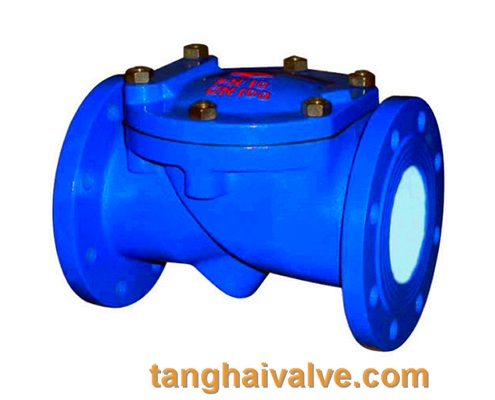
8 tilting-disc-swing-check-valve-3
in strict accordance with the forging process regulations and process cards. The initial forging temperature, final forging temperature, deformation degree and deformation speed are strictly controlled, and the process regulations stipulate The cooling method performs cooling. Chemical composition analysis, mechanical property test, intergranular corrosion test, metallographic analysis of the forged product are carried out. After analysis, test and determination, they all meet the corresponding standards.
The quality of the forgings is guaranteed by ultrasonic inspection and liquid penetration inspection. The forgings are 100% ultrasonically inspected and evaluated in accordance with RCC-M requirements, and liquid penetration inspections and evaluations are performed on all surfaces of the forgings.
(2) Welding In order to improve the quality of surfacing welding, plasma argon arc welding is used for surfacing welding of the sealing surface of the valve disc and the valve seat. At the same time, in order to ensure the welding quality, the welding process used in production was re-qualified.
(3) Assemble test High-quality products not only require high-precision components, but also how to assemble these high-precision components into high-performance products. China Nuclear Su Valve has organized an assembly and commissioning team composed of multiple technicians and senior technicians with rich experience and excellent technology. It is responsible for valve assembly, commissioning and testing. It has formulated the cleaning process and assembly process of parts and components. Strictly check and keep improving during the commissioning to ensure the successful assembly and commissioning of the valve. Various performance tests have been carried out, and all indicators meet the requirements of the design task book.
(4) Process inspection has prepared a quality plan for the valve to ensure that the valve has been quality controlled from raw materials, blank input, machining, welding, heat treatment, non-destructive testing, cleaning, assembly, factory testing and various type tests, and has been verified Recognition and on-site witness by the Second Industrial Research and Design Institute.
Butterfly double flap check valve is suitable for high-rise building water supply pipe network, pipe network with
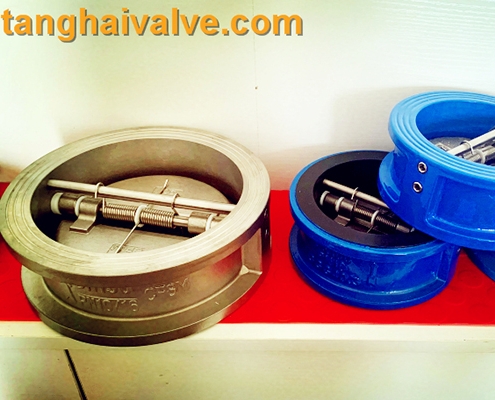
double-wing-check-valve-3
certain chemical corrosive medium, pipe network with limited installation space, and also suitable for sewage pipe network.
The lift-type silent check valve is suitable for pipe networks with high quality requirements for water supply and drainage projects; pipe networks with relatively high pressure requirements (PN2.5Mpa); it can be installed at the outlet of the pump and is an economical and practical waterproof hammer check valve.
The lift-type silencing check valve is suitable for water supply and drainage systems and high-rise building pipe networks. It can be installed at the outlet of the pump. With a slight structural change, it can be used as a suction bottom valve, but it is not suitable for sewage pipe networks.
The horizontal check valve is suitable for diving, drainage and sewage pumps, especially for sewage and sludge
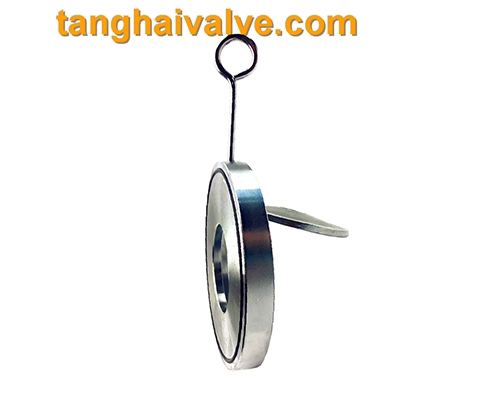
6 single-plate-swing-check-valve-2
systems.
Swing rubber check valve is suitable for domestic water pipe network; but not suitable for sewage with a lot of sediment
Swing single check valve is suitable for water supply system, petroleum, chemical industry, metallurgy and other industrial sectors. It is most suitable for places with installation space restrictions.
Related news /knowledge:
Valve cleaning steps and assembly requirements;
The difference between carbon steel and cast steel;
Knife Gate valve (TH-PZV);
Valve material and valve standards-(1);

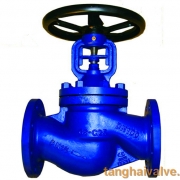 tanghaivalve.com
tanghaivalve.com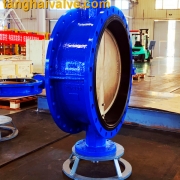 tanghaivalve.com
tanghaivalve.com 

 © Copyright 2020 Tianjin Tanghaidongyang Valve Co., Ltd. All Rights Reserved.
© Copyright 2020 Tianjin Tanghaidongyang Valve Co., Ltd. All Rights Reserved. tanghaivalve.com
tanghaivalve.com